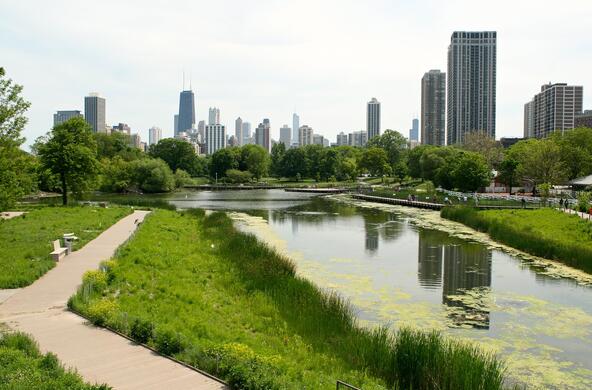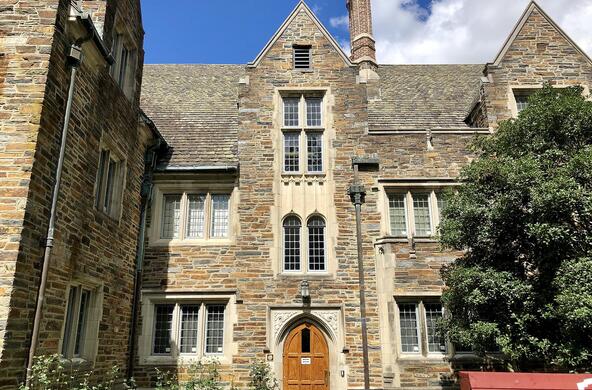There has been a lot of media attention in recent weeks devoted to “natural climate solutions”—various ways by which we can reduce the potential for damaging climate change by the better management of forests and agricultural soils. Preventing deforestation and planting trees top the list of favorable activities.
There are few easier ways to remove carbon dioxide from Earth’s atmosphere than by the process of photosynthesis, which converts carbon dioxide into cellulose and other plant fibers, some of which can store the carbon for centuries. Better management of agricultural soils may also play a small role in enhanced carbon storage increasing the various substances that make up soil organic matter. Neither trees nor soils can do the entire job, but there are a number of reasons why more forests and more soil organic matter are good for the environment, not the least of which is the preservation of biodiversity.
Our house is entirely powered by solar panels, which provide electricity that might otherwise be generated by a coal-fired power plant. Each year, we use about 3100 kW-hr of power, which would release about 1400 lbs (=0.7 tons) of carbon (as carbon dioxide) to the atmosphere. Since inception four years ago, our solar array has generated 33,600 kW-hr, which SunPower tells us has prevented the addition of 25.5 tons of carbon dioxide (= 7 tons of C or 1.75 tons C/yr) to the atmosphere. Our excess generation of electricity goes to the grid.
Question is: would we be better off using power from the grid and planting the area now occupied by the solar panels with trees to soak up the carbon dioxide from burning coal?
To provide a liberal estimate, we have 27 m2 of solar panels that occupy an area that is approximately 50 feet x 200 feet (0.23 acres), calculated to include the open space that we need to prevent them from shade. In the eastern United States, forests typically accumulate about 2 metric tons of carbon per hectare during each year of growth. That is equivalent to 0.81 tons of carbon/acre. So, the area occupied by our panels might otherwise accumulate about 0.18 tons of carbon as carbon dioxide, each year, if it were planted with trees.
The benefit of solar panels must be discounted by the small amount of carbon dioxide that is added to the atmosphere during the mining of materials, manufacturing and fabrication of solar panels. Solar panels also involve an up-front initial investment, which is paid off by avoiding electric bills in subsequent years. Even so, solar panels seem to have an edge over trees, and it is important to remember that trees don’t live and grow forever.
It will take a major transition to renewable energy, like solar, to stem the release of fossil carbon to the atmosphere, from which there is no good, long-term way to remove it.
References
Griscom, B. and 31 others. 2017. Natural climate solutions. Proceedings of the National Academy of Science doi: 10.1073/pnas.1710465114
Schlesinger, W.H. and E.S. Bernhardt. 2013. Biogeochemistry: An analysis of global change. Academic Press/Elsevier, San Diego.
Schlesinger, W.H. 2018. Are wood pellets a green fuel? Science 359: 1328-1329.







